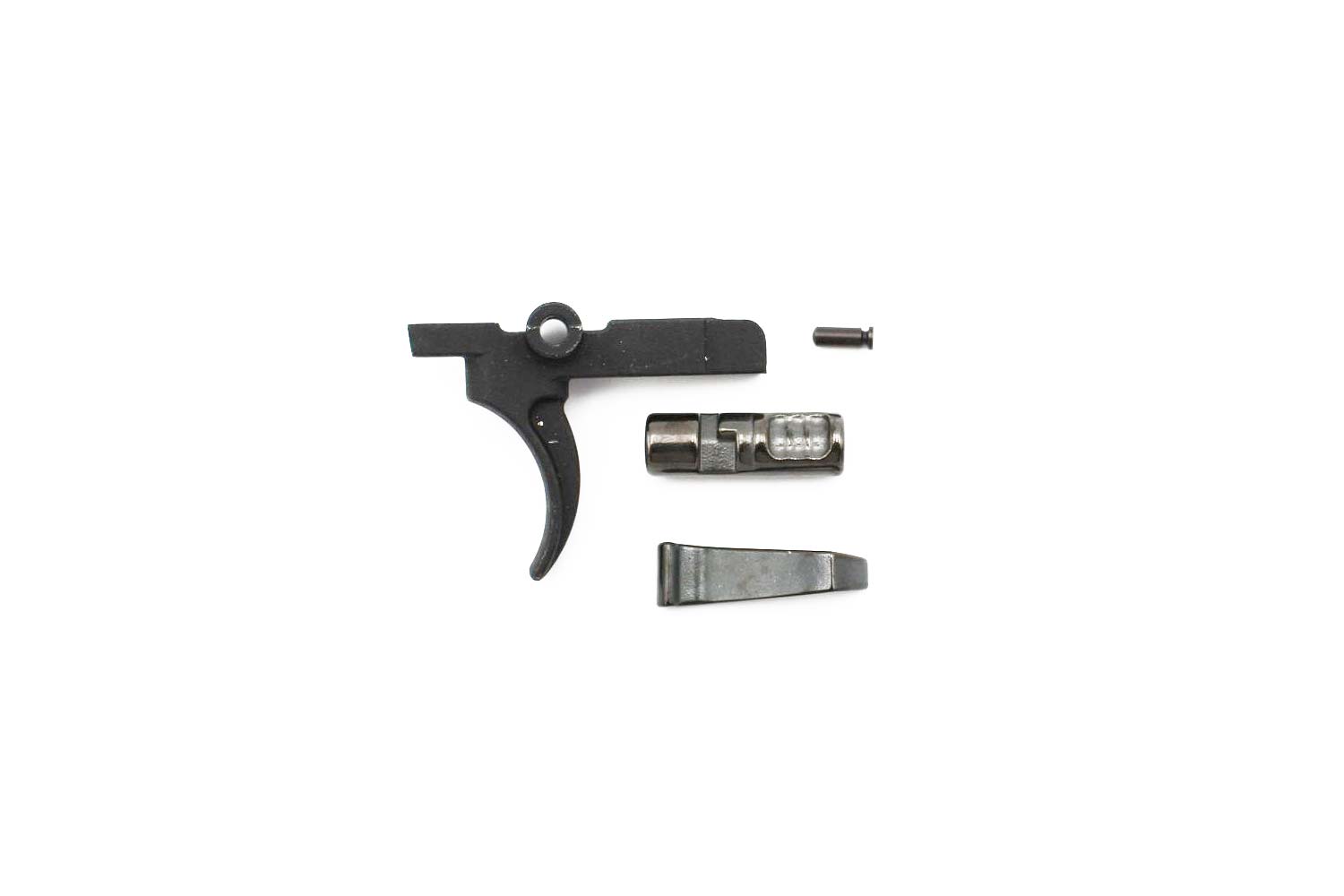Overview: The "Super Safety" selector system is a specialized component requiring specific hardware configurations and attention to detail during setup. This article covers best practices, common compatibility issues, and recommended hardware for reliable performance, particularly under full cyclic rates of fire.
1. Buffer System Compatibility
Barrel and Buffer Matching:
- Short Barrel (<14") Carbine Systems: Use H3 buffer.
- Carbine Systems (16"): May use H3 or H2, depending on gas system.
-
Mid-Length Systems:
- Shorter mid-length: Use H2 or H3 (if suppressed only).
- Longer mid-length/smaller gas port: Use H1.
- Rifle-Length Systems (M16-style): Use H0 or H1.
Why Correct Buffer Matters:
- Controls bolt speed and prevents out-of-battery conditions.
- Avoids light primer strikes from misaligned bolt and carrier timing.
2. Lower Receiver Tolerances
Common Issue:
- Some lowers have overly wide selector pockets due to old compliance practices or poor machining.
Consequences:
- Selector lever may drift left/right.
- Lever base can wedge against bolt carrier, jamming the action.
- Misalignment (e.g., top points to 11 o'clock, bottom to 5 o'clock) can stop cycling or damage components.
Solution:
- Use a lever spacer or rubber grommet to center lever.
3. Bolt Carrier Requirements
Full-Mass/Auto BCG Needed:
- Neutered/skeletonized BCGs lack required mass or material.
- A mil-spec full-mass BCG is essential.
4. Lower Receiver Shelf Obstruction
Blocked Movement:
- Some lowers (e.g., Colt, Ruger AR556) limit selector travel.
Symptoms:
- Safety doesn’t fully rotate rearward (~15° instead of ~20°).
- Bolt carrier jams or damages lever.
Fix:
-
Carefully radius the horizontal edge on rear shelf.
- Avoid making a circular clearance that will interfere with the lever sides; square the cut allowing lever to have full clearance to back.
- Use a diamond-tip conical bit.
- Ensure lever clears fully without resistance.
5. Buffer Recommendations
Avoid:
- Adjustable or gimmicky buffers (e.g., PWS, quick-swap internals).
- These fail at full cyclic rates.
Stick With:
- Mil-spec Buffers for reliability.
-
A5 Buffer System (Preferred):
- Broad tuning range.
- Smoother operation.
- Designed for high reliability under varied conditions.
6. A5 System Specifics
Key Benefits:
- Increased tolerance to temperature, lubrication, and debris.
- Larger tuning window.
- Reduces recoil and muzzle rise.
Required Components:
- A5 Buffer Tube: 8" receiver extension (not standard AR15 tube).
- Rifle-Length Spring: Use Sprinco Green Spring for A5.
-
Buffer Weight:
- Must use VLTOR A5 buffers.
- BCM/V7/Dark Hour variants do not replicate performance.
- VLTOR buffer includes their patented internal shock-absorbing spring.
Spring Co Recommendations:
- Carbine Systems: Use Springco-specific springs.
- A5 Systems: Use Green Spring (rifle spring).
Buffer Modding Tip:
- VLTOR A5 buffers allow swapping internal weights:
- Steel = Black (lightweight)
- Tungsten = Silver (heavy)
- Maintain rubber bumpers between all weights.
7. Platform Variability
Note:
- 80% lowers often have detent hole misalignments.
- Even minor deviations can cause mode drift (semi <-> fun mode).
Rule of Thumb:
- 8 or 9 out of 10 guns work without issue.
- Check selector alignment and full range of motion.
Conclusion: Proper setup of the Super Safety system requires attention to buffer selection, receiver geometry, and bolt carrier design. When correctly configured, the system supports full cyclic reliability and improved performance. The A5 buffer system is highly recommended for users seeking optimal function.






2 comments
What weight buffer would I need for a 16” mid length rifle? (Unsuppressed)
Hey, got the super safety in and was testing it out. It passes the function check just fine but in blitz mode, it cycles but the trigger is dead. Turns out I’m having a light primer strike. I assume this is a buffer weight issue but I just wanted to run it by you before I buy stuff. I’ve got a BCM 14.5 mid-length running on a carbine buffer. Should I go with an H2 buffer? Also is it normal for the super safety not to be able to go back into the “safe” position when a round is chambered? Thank you for your help.